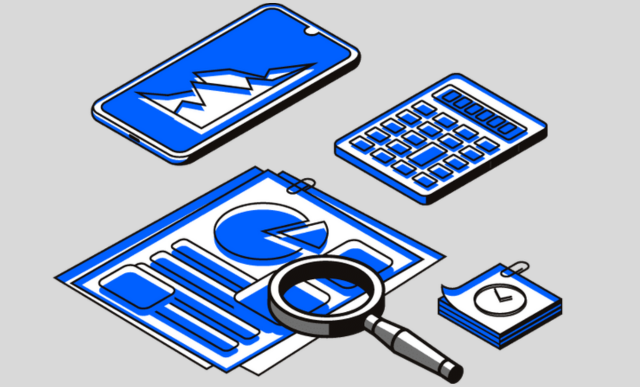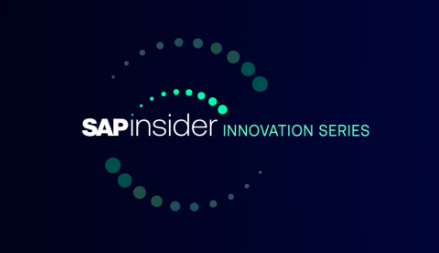Making Clean Core strategy work for the Business Technology Platform
Meet the Authors
Key Takeaways
⇨ Organizations must adopt a clean core strategy during their migration to cloud-based ERP systems to streamline workflows and maintain data integrity.
⇨ SAP Business Technology Platform (BTP) serves as a crucial solution for integrating various business processes, enabling real-time data access, intelligent forecasting, and better decision-making.
⇨ Implementing a clean core strategy enhances the efficiency and adaptability of SAP BTP, leading to faster response to business demands, reduced maintenance efforts, and lower Total Cost of Ownership (TCO).
The rapid evolution of technology that drives various business processes is a compelling call to action for organizations, users, and developers. It’s crucial to constantly ensure that your business platforms are ready to transition to advanced, easier, and more secure processes. As more businesses shift from on-premises ERPs to the Cloud, this imperative only gains momentum.
More companies are recognizing the value and necessity of a clean core strategy when they decide to migrate from their legacy systems. This strategy involves streamlining ERP systems by identifying and removing unnecessary customizations. The result is simplified workflows and the preservation of data integrity within the ERP system.
On the other hand, there is also a need to integrate various business processes and capabilities into one suite, which is currently fulfilled by systems like SAP Business Technology Platform (BTP). The platform’s uses include:
Explore related questions
- Integrating an organization’s systems with other applications
- Establishing data-driven plans and making decisions based on intelligent forecasting
- Connect with business partners and provide data to regulators
- Enable real-time data pipelines and provide real-time data to decision-makers
- Finding anomalies and contributing factors in KPIs
Organizations can build on these core competencies through companies like Rizing, which has partnered with SAP and enhanced the SAP BTP platform to provide deeper solutions. These include synchronizing large transaction volumes between SAP and project planning systems and helping merchants make informed pricing decisions through its LifeCycle Pricing product.
How Clean Core can strengthen BTP
While most public clouds and platforms have a clean core strategy, the foundation of a good BTP implementation lies in how a business process design can be customized according to a user’s requirements, leading to the need for a clean process design.
This design can be easily achieved when an organization implements a new integrated product. However, a functional upgrade or system conversion follows a long-term timeline that includes multiple steps.
Thus, when an organization is implementing BTP, it becomes important for it to establish a clean core strategy in advance as it leads to:
- Robust business processes, which can be executed quickly and efficiently
- Speeding up BTP’s ability to react to changing business demands
- Making it easier to adopt innovations and new technologies more efficiently and with lower efforts
For businesses that use SAP BTP, a clean core also lowers maintenance, upgrade, and operations efforts of the SAP S/4HANA system, leading to a lower Total Cost of Ownership (TCO).
Finally, when combined with an ERP clean core strategy, organizations using BTP can benefit from the latest releases through minimal modifications while using cloud-compliant extensions and customizations.





